The romantic notion is that suburbia’s fascination for it is a remnant from our ancestors, who got a better view of incoming predators when the grass was short. Experts regard this explanation with skepticism, noting the absence of green meadows in the Acropolis, the Roman Capitol, and the Forbidden City in Beijing.
Whatever the reasons behind our love affair with front lawns, there is little doubt that the land they occupy can be put to much better use. Throughout the developed world, large tracts of lush, green, and fertile land produce absolutely nothing. Worse, still, people spend billions of dollars every year to keep them that way.
Gradually, however, a movement to reclaim that wasteland in the name of common-sense is gaining ground. In fact, in many suburban neighborhoods, lawns are in retreat.

Turning Your Front Lawn into a Vegetable Farm
Contents
More and more gardeners are reclaiming the space for other, more useful undertakings. Homeowners are growing plants, rain gardens, pollinator gardens – and, yes, some are even growing mini vegetable farms.
You can join in and turn your lawn into a mini-farm by following the steps below.
1. Learn the relevant laws, guidelines, and ordinances.
Your town, county, or city has rules about how you can use your front lawn. Learn these rules, study the ordinances, and determine whether you are allowed to farm your yard. Some residential neighborhoods impose limits as to how much of your front lawn can be planted for food crops. If you live in such a neighborhood, know those limits.

2. Learn about vegetable gardening.
You can learn from experience, but knowing the basics of vegetable gardening beforehand will help you avoid confusion, frustration, and wasted time. The research involved won’t be difficult. Purchasing a few books, frequenting a few gardening blogs and websites, and consulting experienced gardeners can save you a good deal of grief and disappointment.
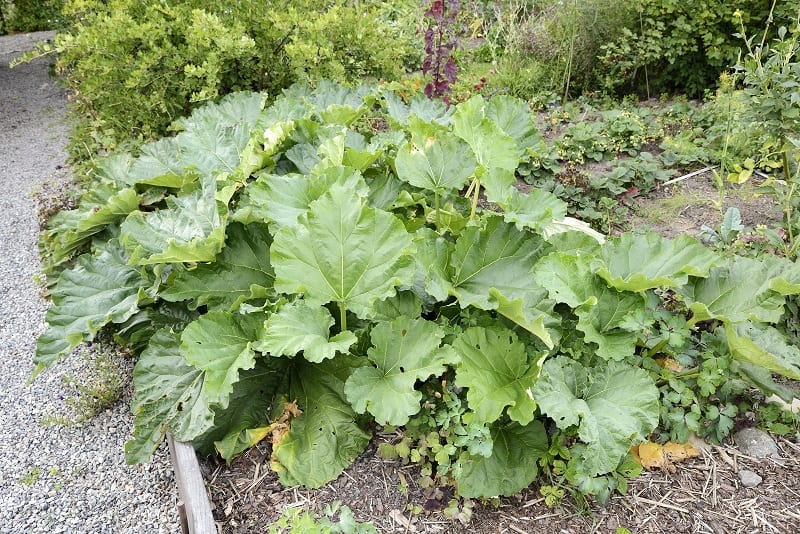
3. Know the land.
Get your soil tested. The quality of your soil is crucial to the success of your undertaking. Soil testing will tell you how much compost you’ll need and what kind of additives will turn your lawn into a productive source of food.
You should also learn more about the climate in your locality. Knowing the climate will allow you to plant the right crops at the proper time. Just like good soil, timing is critical to ensuring a successful, abundant harvest.
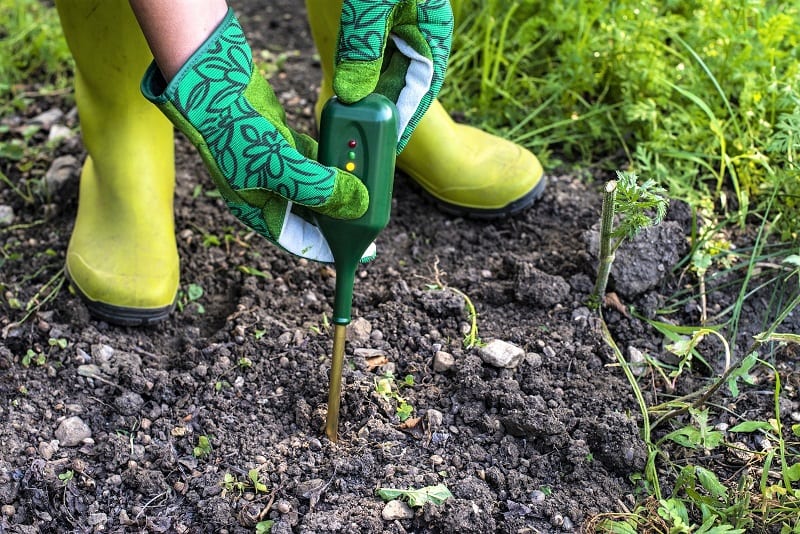
4. Plan your garden.
Your front-yard mini-farm will require as much attention and forethought as an ornamental garden. First impressions last, after all. Start planning your layout by considering the shape of your space. Investigate each option before settling on a final design. Once an idea resonates, determine its dimensions and study the construction details, if any.
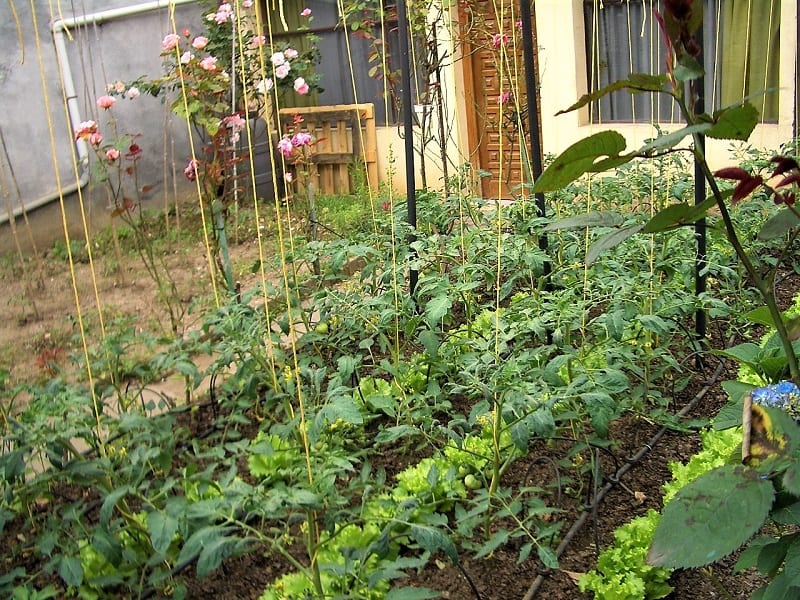
(Photo: Vmenkov/Wikimedia Commons)
5. Choose what you’ll grow.
Remember that the vegetables you grow will be on display in your front yard. If possible, those vegetables should bring more to the table than just good eating. Consider the foliage, flowers, and fruit of the vegetables you like to eat. For instance, kale, rhubarb, artichoke, chard, and lettuce all have attractive foliage. Artichoke, bell pepper, chili, and garlic meanwhile produce lovely blooms.
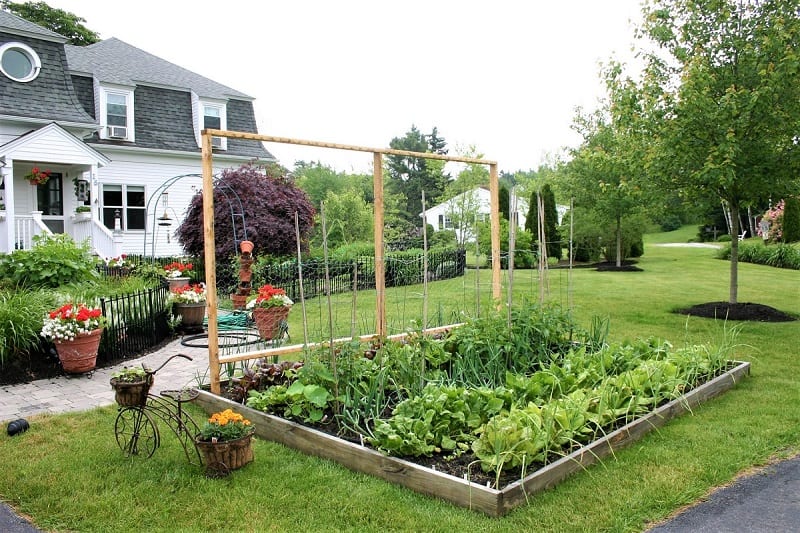
6. Prepare the site.
Most front yards are full of invasive plant species. These can hamper vegetable gardening by draining the soil of nutrients and crowding out young or fragile vegetables. If your front yard vegetable garden is going to replace a parking strip, dispense with the turf. Do not spray with herbicides. Remove weeds and rake the soil free of rocks.
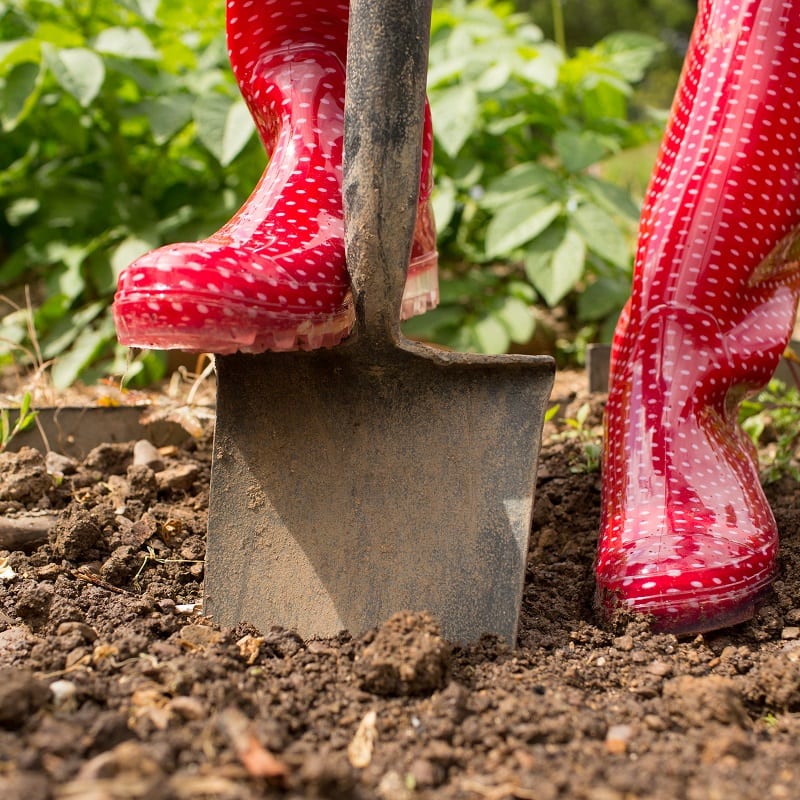
Starting Your Mini Farm
Once you are done with all the initial learning, research, and preparatory work, you can start planting. Remember that temperance and moderation are your friends. You can start small and build up to a full yard farm once you gain some experience.
Gardening does not run on its own rails, as – say – an elevator does, with a simply managed mechanism of knobs and levers. The fact is that gardening has too many variables for any one person to master at once. Nobody will hold it against you if you start modestly.
Starting with a small vegetable patch or a section of the yard can help you learn the basics of gardening without working endless hours. Moreover, a small testbed will permit you a realistic sense of the financial cost and return of home food production. So, start small, yes, but think big.








